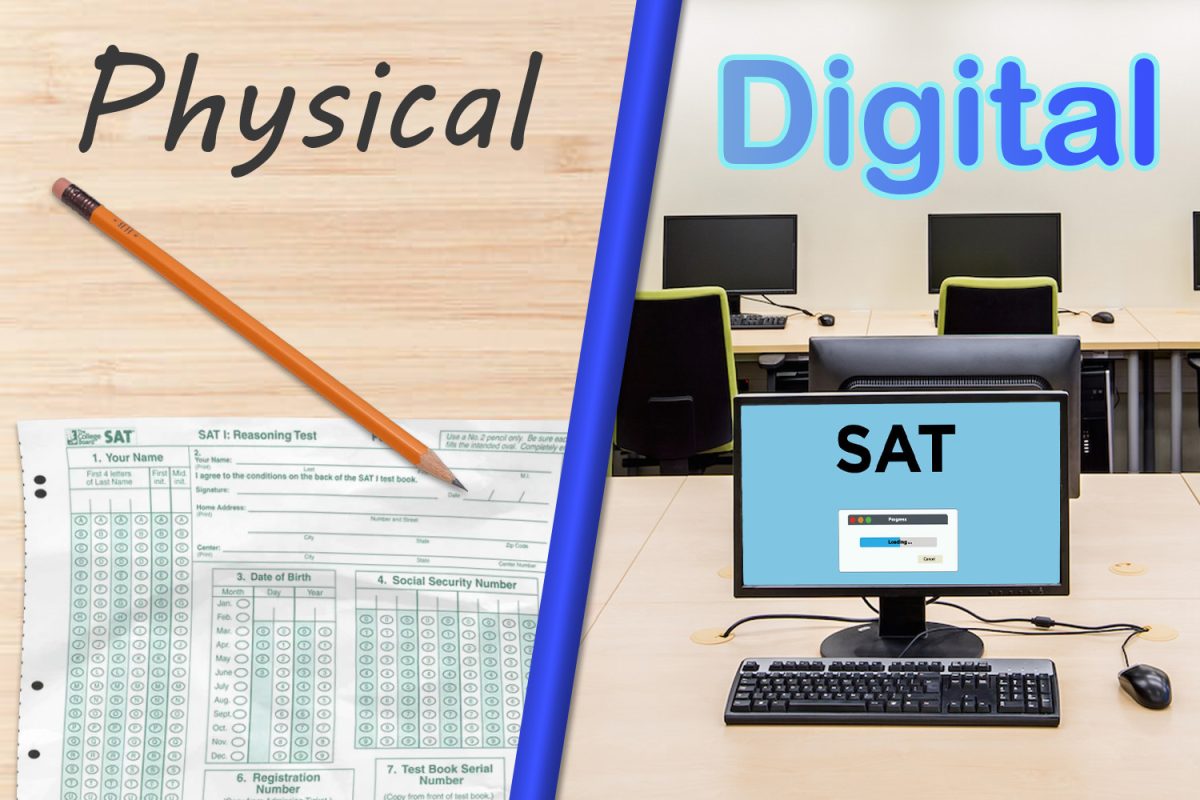Today, there are countless uses for the internet and technology; technology continues to change our daily lives, including the education system. Recently, one of the most debated topics has been to move from paper exams to digital, especially with tests like the Scholastic Aptitude Test (SAT), American College Test (ACT), etc. What is still being considered is whether this transition from paper to digital positively or negatively impacts the testing experience.
Digital exams like the SAT create obvious advantages that are hard to acknowledge. For example, students can take these tests on a computer at a testing center, which overall becomes less stressful for students who might struggle with paper-based exams.
Digital-based exams also help students recover their scores quicker, so results come out in weeks instead of months. This is a greater turnaround of time, which allows students to move forward with their applications.
Additionally, digital exam are environmentally friendly because of the fewer materials used and less storage space required (meaning less use of paper and physical storage). On top of that, technology also creates adaptive testing, which means that questions actually adjust based on the student’s performance (how many questions they score correctly).
However, paper exams have, in fact, been the standard for a reason; many students are more comfortable with them. Paper tests eliminate the possibility of technical difficulties or glitches—something that can be a concern during digital exams.
Occasionally, some students do not have access to a computer or a stable internet connection, so the use of digital exams can bring problems and challenges to their testing experience. Along with the factor of paper-based work, students usually focus more when it comes to handwritten answers, which allows them to avoid a quick response that commonly happens on digital exams.
The transition to digital wasn’t really about its advancement but more about how it will become a more straightforward testing process, and become more inclusive, accessible, and effective for scores. Also with paper exams being more prone to allowing students to avoid any technical difficulties, it gives off multiple pros for both sides.
Although both sides have their pros and cons, it’s best to understand that students who are given a proper option in choosing paper or digital exams can help boost their confidence for the exam a bit more. Of course, it’s best to prepare students for both digital and paper-based learning as it will be commonly used in the education system. Both types of exams allow students to feel confident regardless of the testing format.








